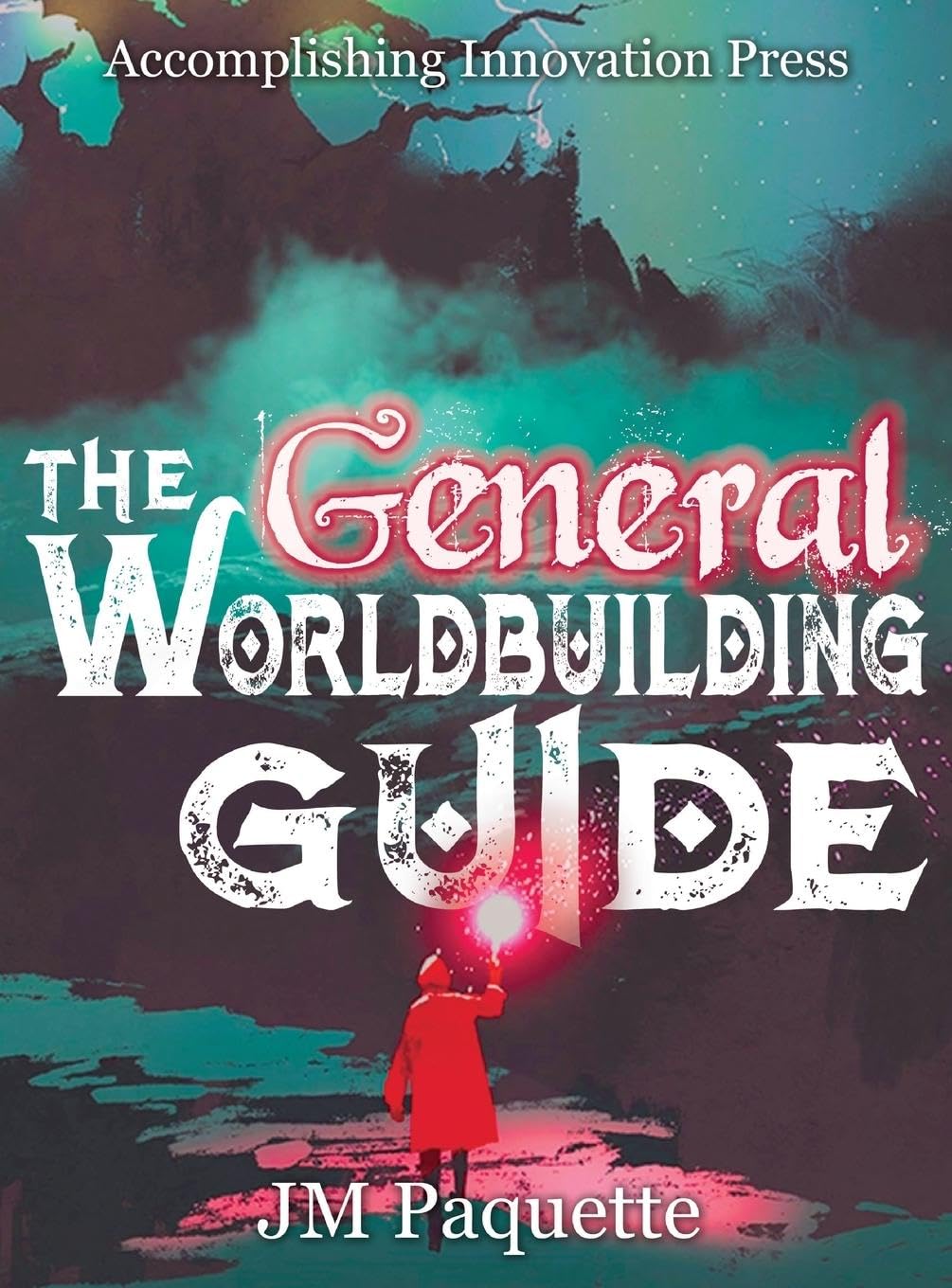
Part Two: How can I create a cohesive world for my readers?
Okay, now you have an idea for the world of your story. It’s time to get into it.
Here’s a quick list to keep in mind when building your world:
- Organization is key. Decide right now how you will be keeping track of these details. Use whatever makes sense to you. Some people use handwritten notebooks. Some use a detailed Word oc. Some use writing programs designed to organize your details. Find a system that you like and commit to it (at least for this world–you can change it up for the next world if you want).
- There is not a predetermined order to building your world (unless you want it that way!). You can move from building the map to deciding the fashion to creating the calendar, then focus on how medicine works and hop back to wars in your world. Record the details as they come to you. There is no pre-recorded method that you must follow.
- Worldbuilding may seem like homework for you as a writer, but you are not obligated to answer every single detail. Think of it as documenting the way you weave the story you are creating. Focus on the areas that make sense for your story and your world. If you know the next scene is in a bar, take some time to think about that place: Who owns this bar? How did they get it? How successful is it? How is it laid out? Who else is in there (workers/patrons)? What’s the entertainment? What’s the top things people order? What’s the vibe? And finally, how does any of that relate to your story? This should be a fun part of the creative process. Feel free to skip around.
- I know you’re excited that you know every single ruler for the last five hundred years of a dynasty, but do your readers need to know all of that right now? Probably not. Recall the iceberg effect: you are aware of everything under the water, but the story you are telling might just be the tip. When you add these details to your story, be sure to slide them in as a natural addition to the scene rather than as an info-dump. A good rule of thumb is to hint at it, be confident that you know the names (maybe have a mnemonic song to get the order right like the British have for their monarchs over the years) but let that background info seep into the story in the right place and the right time.
- Writing is work and can be hard at times, but it should also be fun. If you’d rather be writing the story itself, then do that instead! Just remember that worldbuilding is here when you’re ready to build more of the scaffolding that will hold your story up. Keep your guide next to you and pop information into it as your story is flowing.
- Again have fun! You aren’t graded on this; well, except the fan who will excitedly email you about that tiny detail that shifted from book one to book seven…YOU’VE GOT THIS!
Shameless Self Promotion: The General Worldbuilding Guide


